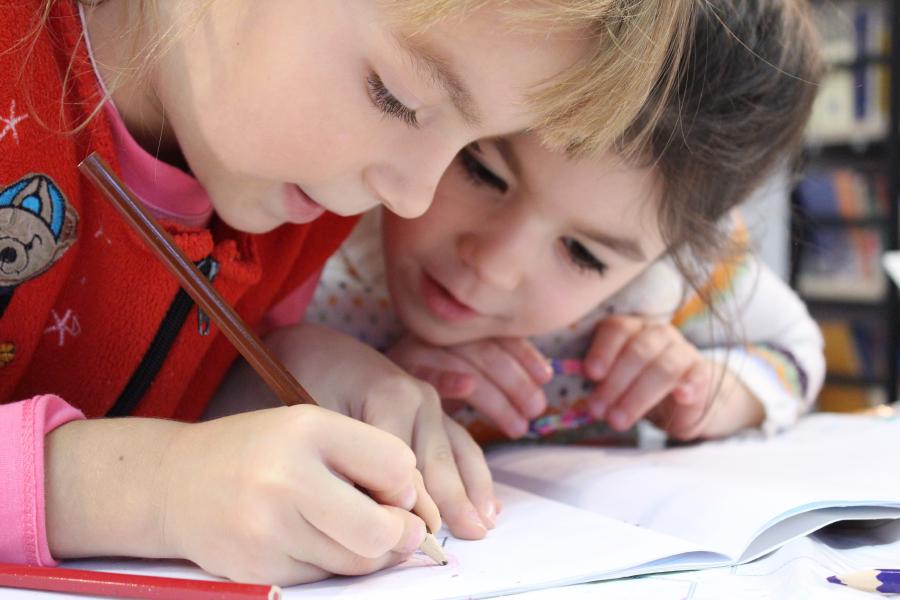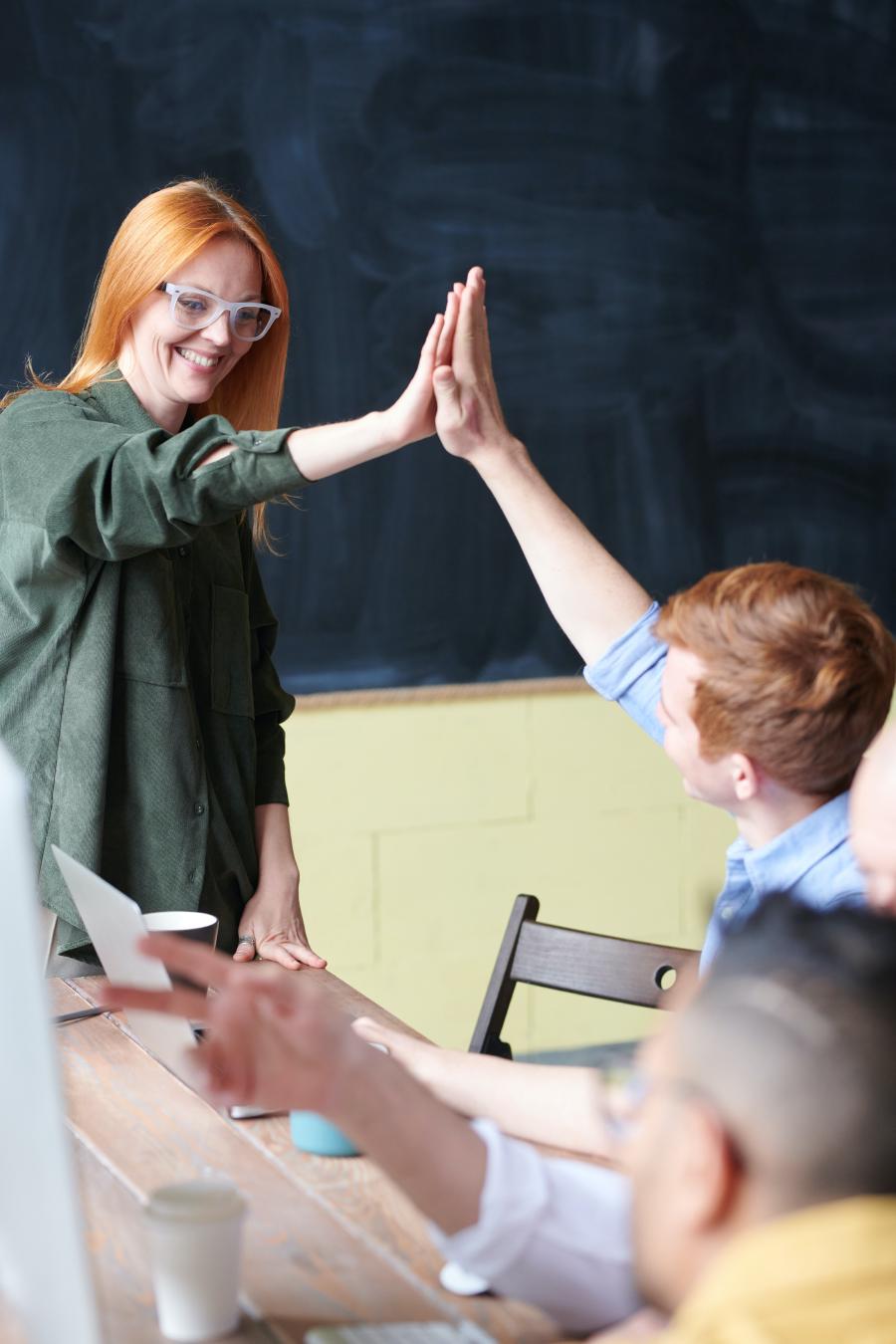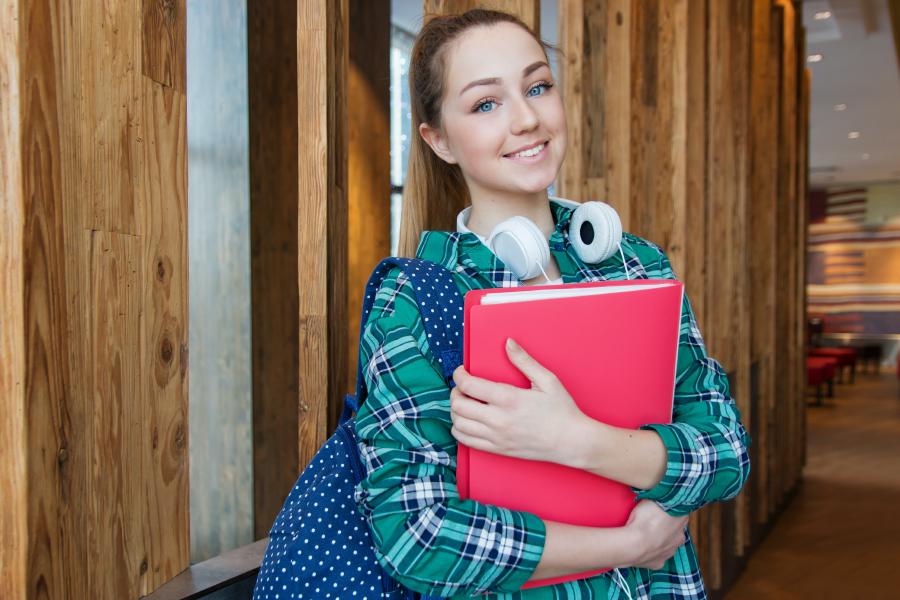
Plan for Personalized Learning
As I learn more about personalized learning and mastery-based teaching, I feel it is appropriate to outline my plan for personalized learning in the upcoming school year. This should serve as accountability for myself, and as a guide for other educators in the present and future looking to implement personalized learning in their classroom.
Essential Conditions
According the Georgia K-12 Vision for Personalized Learning, there are nine conditions that are essential to the implementation of personalized learning. While each stakeholder can have some influence over each condition, others might have a particularly larger influence over some compared to others.

- Prioritized Executive Function
- Learners possess the skills necessary to direct their own learning and reach their own goals.
As an educator, I can have a slight influence on this condition by helping learners acquire these skills though expertly designed lessons that scaffold the process of how to direct your own learning.
- Individual Path
- Learners understand what content they need to master and are able to work with educators to plan a unique path and pace for themselves, based on their interests and abilities, so that they can master them.
As an educator, I can have a major influence on this condition by helping learners find the right tools and resources so that they can leverage their interests and abilities to learn course content.
- Growth Mindset
- Stakeholders understand that learning is an on-going process and the traditional notion of failure is just a step towards content mastery.
As an educator, I can have a major influence on this condition by changing the way I approach grading and assessment to emphasize that each grade is not end or final, but just another step forward.
- Flexible Content
- Educators provide a variety of content collections that teach though different lenses based on the learners’ individual preferences and interests.
As an educator, I can have a major influence on this condition by curating resources for a variety of subjects and topics and then creating each lesson that can be approached through each of these sets of resources.
- Learner Voice
- Learners are required to voice their needs, preferences, and interests in order to plan and drive their education.
As an educator, I can have a slight influence on this condition by encouraging learners to speak up about their interest, and then validating that we can make that work with the topic at hand.
- Authentic and Adaptive Assessment
- Educators create assessments that are relevant and not limited.
As an educator, I can have a major influence on this condition by ensuring I have a variety of assessments that check for mastery in multiple ways. Additionally, I can ensure that my assessments are flexible enough for all learners to be pushed beyond traditional grade-level expectations.
- Dynamic Communication
- Stakeholders share equal responsibility for communication, which should occur frequently throughout the learning process.
As an educator, I can have a slight influence on this condition by providing multiple methods of communication, and then ensuring I utilize them frequently to contact other stakeholders. Additionally, I can encourage their use by providing prompt responses when contacted through these methods.
- Expanded Collaboration
- Educators and learners work together as equal partners in the process of planning and developing learning goals.
As an educator, I can have a decent influence on this condition by not only including learners in the planning process early, but also valuing their input or ideas about lessons just as much as I would if a colleague were to suggest it. Additionally, this collaboration should not be limited to the start of the school year but be frequent throughout the entire school year.
- Mastery Dispositions
- Educators believe that with enough time and support, all learners can achieve mastery on every time and encourage learners to focus on a topic until they master it.
As an educator, I can have a major influence on this condition by approaching each learners’ content knowledge as a point on a continuum rather than something they do or do not know, and then providing the appropriate kind and amount of support necessary to help them progress along that continuum.
Personalized Learning Plan
Goal #1
By the end of the 2020-21 school year, I will meet with each learner in an individual conference at least once every two weeks to help them develop a growth mindset by discuss their current learning goals and progress towards those goals.

By working towards this goal for personalized learning in my classroom, I will be improving the essential conditions individual path, learner voice, growth mindset, and expanded collaboration.
Barriers
- Due to the number of learners, it may be difficult to ensure that I am able to meet with and have meaningful conversations with each learner will take a significant amount of class time. This should be relatively easy to overcome if I can effectively flip my classroom so that class time is for group discussions or projects.
- Due to COVID-19 social distancing guidelines, it may be difficult to schedule conversations in an environment that is both safe and private for the learner. This should be relatively difficult to overcome in a way that provides the same quality experience. Our meetings could occur though text-based communication, or possibly over video chat with the learner outside of the classroom for privacy.
Readiness
- Each learner has access to a computer, which can be used for both electronic conferencing and flipped classroom.
- Class schedule includes 90-minute periods on Wednesdays and Thursdays, which will provide more time for meetings.
- Many learners are used to presenting ideas and conferencing with their educators in other classes around the school, which will provide some familiarity to these meetings.
Action Steps
- Pre-Planning: Develop the initial lessons and learning activities that take advantage of the flipped-classroom model.
- Resources: ITEC Course Materials and Educator Blogs to learn about flipped classroom; Georgia Standards of Excellence, Learning Management System, Online Learning Objects, and OBS to develop content.
- Pre-Planning: Develop a script to help guide co-planning sessions with learners.
- Resources: Google Docs for writing; ITEC Course Materials, Educator Blogs, and Other Resources to develop script.
- Weeks 1 & 2 of School: Introduce learners to the concept of co-planning and mastery learning. Additionally, meet with each learner to begin discussing skills and interests to better develop learning goals and learning playlists.
- Resources: Script to talk with learners; Educator Blogs and other personalized learning resources to aid learners in planning.
- Week 3 of School: Evaluate the feasibility of the goal based on the time taken to meet with every learner. If needed, reassess the goal and/or overhaul co-planning session script. Additionally, survey learners to get initial feedback on co-planning session wants/needs/effectiveness.
- Resources: Google Sheets for data analysis; Google Forms for survey.
- Week 3 Through May: Apply changes made to #4, and continue to meet with learners with a particular focus on continually reinforcing growth mindset, while also adjusting the process as needed.
- Resources: N/A
Goal #2
By the end of the 2020-21 school year, I will be developing at least three learning paths/playlists per unit that emphasize different learner skills or interests.

By working towards this goal for personalized learning in my classroom, I will be improving the essential conditions individual path and flexible content.
Barriers
- Due to being the only educator that teaches my subject at my school, the process of essentially developing each lesson three times will be massively time consuming. This will be a hard barrier to overcome, but that is also why the goal gives me the flexibility of working on up to three different playlists by the end of the year.
- Due to the nature of the standards focusing on creating music, there is a limited flexibility in what interests and skills these playlists can explore. This should be moderately easy to overcome by focusing more on developing playlists for three different genres (pop, rap, rock) rather than three different skills.
Readiness
- Each learner has access to a computer, which means playlists can readily use digital resources.
- Standards are flexible to genres of music, which means personalization can focus on preferred musical styles.
- Lessons from previous years are already genre agnostic, which means that playlists can utilize them and supplement with genre specific information.
Action Steps
- Pre-Planning: Begin collecting resources for common style preferences in previous classes (pop, rap, rock). This focus here will particularly be units that occur during the second semester, but making note of resources that apply to the first semester.
- Resources: Google Forms and Google Sheets for previous year data analysis; YouTube, Educator Blogs/Learning Objects, and Department of Education Resources for content collection.
- Weeks 1 & 2 of School: Meet with each learner to begin discussing skills and interests, especially asking learners what their top two or three genres are. Make note of the most popular genres mentioned, in addition to the more obscure genres.
- Resources: Google Sheets and Google Docs for notes and data collection.
- Week 3 of School: Analyze learner interest data and verify that it aligns with the data from previous years. If it does, continue to search for resources applying to pop, rap, and rock. If it does not, adjust one of the three categories to a more appropriate category and begin finding resources.
- Resources: Google Sheets for data analysis; YouTube, Educator Blogs/Learning Objects, and Department of Education Resources for content collection.
- November & December: Consolidate resources and begin developing two playlists (the two most popular genres) for the units that start in January.
- Resources: Resources collected to serve as playlist content; Educator Blogs to learn about playlists; Learning Management System, OBS, Google Docs, and Google Sheets for playlist creation.
- January: Learners are introduced to the two playlists and begin working through their more personalized learning experience. Meet with learners throughout the process to receive their feedback and critiques of the playlists.
- Resources: Learning Management System to deliver content; Google Docs, Google Sheets, and Google Forms for feedback collection.
- February & March: Consolidate resources and begin developing all three playlists for the units that start in April.
- Resources: Resources collected to serve as playlist content; Learning Management System, OBS, Google Docs, and Google Sheets for playlist creation.
- May: Collect learner feedback on each playlist and reflect on the effectiveness of each playlist and each lesson within each playlist. Begin planning for the next school year, particularly developing the playlists for the fall units.
- Resources: Learning Management System to deliver content; Google Docs, Google Sheets, and Google Forms for feedback collection.
References
Gonzalez, Jennifer. (2016, September 4). Using Playlists to Differentiate Instruction. Cult of Pedagogy. https://www.cultofpedagogy.com/student-playlists-differentiation/
Lokey-Vega, A. and Stephens, S. (2018). A Vision for Personalized Learning in Georgia K-12 Schools [White paper]. https://bagwell.kennesaw.edu/current-students/docs/Personalized_Learning_Vision_for_Georgia.pdf